CARING WITH FAMILY
|
| The level of warmth and affection a specific breed is inclined to display towards its family members or those they are familiar with tends to vary. Certain breeds may appear distant and reserved towards everyone except their owner while other breeds tend to embrace everyone they know as if they were their closest companion. |
LOVE WITH CHILDREN
Unwise
Good With Children
|
| The extent to which a breed can tolerate and exhibit patience towards children's behavior as well as their overall friendliness towards families may vary. It is important to supervise dogs around young children or those who have limited exposure to dogs regardless of breed. |
BEHAVIOR WITH DOGS
Unwise
Good With Other Dogs
|
| The degree of friendliness a breed typically displays towards other dogs can vary. While it is essential to supervise dogs during interactions and introductions with other dogs, some breeds tend to have an innate tendency to get along with other dogs both in a home environment and in public settings. |
SHEDDING LEVELS & MANAGEMENT
No Shedding
Hair Everywhere
|
| The amount of fur and hair that a breed tends to shed can vary. Breeds with high shedding tendencies will require more frequent brushing and are more likely to trigger allergies in some individuals. Additionally, such breeds may necessitate more consistent efforts in terms of vacuuming and lint-rolling to manage the shedding. |
COAT GROOMING STANDARDS
|
| The grooming requirements of a breed in terms of bathing brushing trimming or other coat maintenance can vary significantly. It is essential to consider your available time, patience and budget when assessing the grooming effort needed for a particular breed. While all breeds require regular nail trimming the frequency of bathing brushing and trimming can vary. Some breeds may need more frequent grooming sessions such as weekly brushing and monthly baths while others may require less frequent attention. Some breeds may also require professional grooming services which can add to the grooming expenses. It is crucial to research and understand the specific grooming needs of a breed before making a decision ensuring that you can adequately provide the necessary care for your chosen breed. |
DROOLING INTENSITY
Less Likely to Drool
Always Have a Towel
|
| The tendency of a breed to drool can vary. If you value cleanliness and are particular about avoiding ropes of slobber on your arm or big wet spots on your clothes it is important to consider breeds that are not prone to excessive drooling. Some breeds have minimal drooling while others are known to produce more saliva. Taking this factor into account will help you make a choice that aligns with your preferences and lifestyle. |
COAT STYLES GUIDE |
| Smooth |
| COAT SPECTRUM |
| Short |
FRIENDLINESS
Reserved
Everyone Is My Best Friend
|
| The level of welcoming or cautiousness a breed tends to exhibit towards strangers can vary. Certain breeds may be naturally reserved or cautious around all strangers regardless of the situation or location. On the other hand there are breeds that are typically more open and happy to meet new humans whenever they encounter them. It is important to consider these characteristics when choosing a breed that aligns with your preferences and lifestyle. |
LIVELINESS
Only When You Want To Play
Non-Stop
|
| The level of enthusiasm a breed exhibits towards play can vary. Some breeds will continue to be enthusiastic about playing games like tug-of-war or fetch well into their adult years while others may prefer to have more relaxed and low-key activities. It's important to consider your own activity level and preferences when choosing a breed. If you are looking for a dog that will actively engage in play even as they age it may be suitable to consider breeds known for their playful nature. Conversely, if you prefer a more laid-back companion there are breeds that are content with lounging around with their owners. |
VIGILANCE INTENSITY
What's Mine Is Yours
Vigilant
|
| Some breeds have a natural tendency to be alert and reactive when they sense the presence of strangers. They are more likely to alert you to any potential threat whether it's the mailman or a squirrel outside the window. These breeds are known for their protective instincts and are inclined to warm up to strangers who enter the house once they are accepted by their family. It's important to consider this trait when selecting a breed that aligns with your preferences for home security and interactions with unfamiliar individuals. |
ADAPTATION CAPACITY
Lives For Routine
Highly Adaptable
|
| The ability of a breed to handle change can vary. Some breeds are naturally more adaptable and resilient when it comes to changes in living conditions, noise levels, weather daily schedules and other variations in day-to-day life. These breeds tend to adjust well to new environments, travel and different routines. On the other hand, some breeds may find change more challenging and may require more time and patience to adapt to new situations. When considering a breed it's important to assess your own lifestyle and the level of change you anticipate in your day-to-day life to ensure compatibility with a breed that can handle such variations. |
OBEDIENCE LEVEL
Self-Willed
Eager to Please
|
| Discover the simplicity of training your dog and witness their eagerness to absorb novel concepts. Certain breeds are committed to ensuring their owner's satisfaction while others opt for pursuing their desires whenever and wherever they please. |
STAMINA LEVEL
|
| Different dog breeds have varying requirements when it comes to physical activity and mental engagement. High-energy breeds are always prepared and enthusiastic about embarking on new adventures. They enjoy spending their time engaged in vigorous activities such as running, jumping and playing throughout the day. On the other hand low-energy breeds can be compared to couch potatoes as they are content with lounging around and indulging in peaceful snoozes. |
VOCALIZATION
|
| Frequent |
LEARNING CURIOSITY LEVEL
Happy to Lounge
Needs a Job or Activity
|
| The mental stimulation required by different breeds to maintain their happiness and overall well-being varies. Specifically bred dogs can possess jobs that necessitate decision-making, problem-solving concentration or other related qualities. However, if they do not receive the necessary brain exercise they will engage in their own activities to occupy their minds. Unfortunately, these self-created projects may not align with your preferences. |
| COLORS |
|
Description
|
Registration Code
|
|
Yellow
|
232
|
|
Red
|
140
|
|
Black
|
007
|
|
Blue
|
037
|
|
Gray
|
100
|
|
Brown
|
061
|
|
| PATTERNS |
|
Description
|
Registration Code
|
|
Tan Markings
|
012
|
|
Brindle Markings
|
007
|
|
Merle Markings
|
035
|
|
White Markings
|
014
|
|
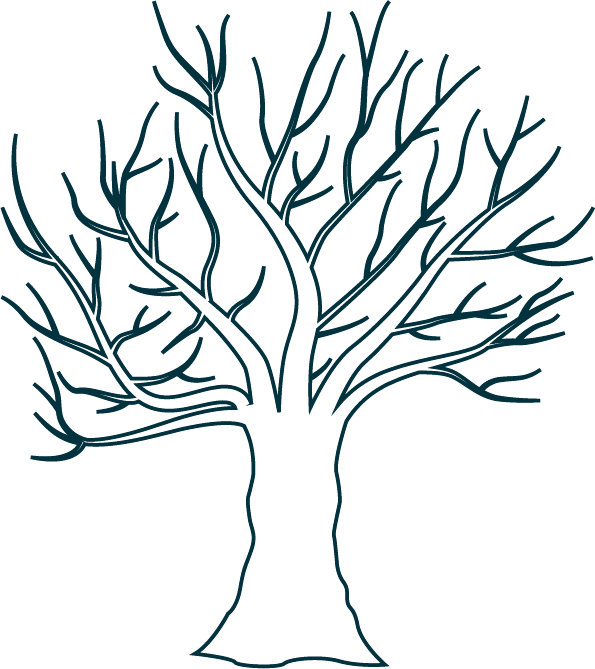


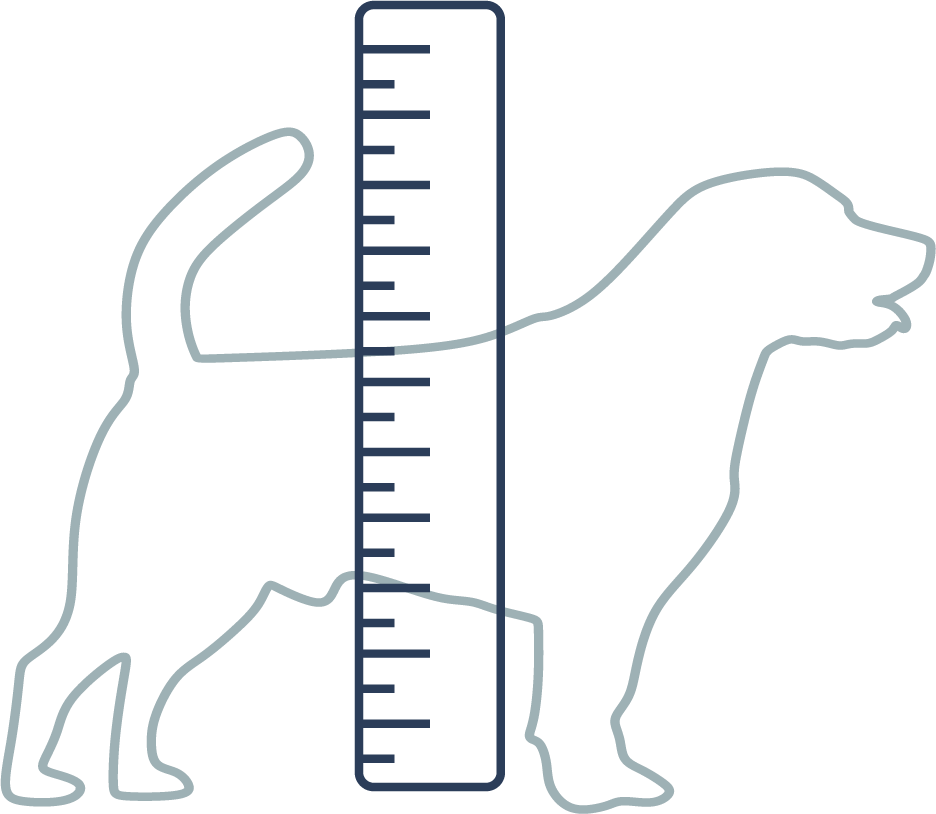


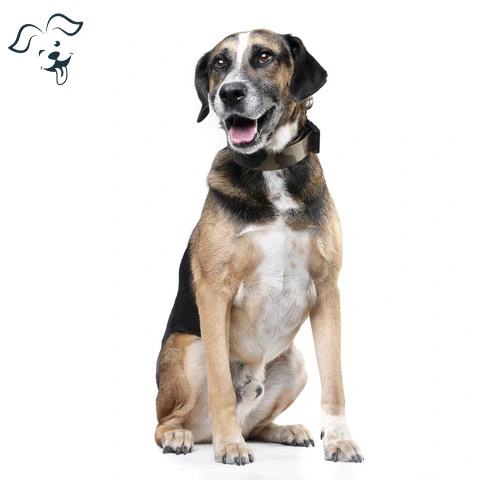
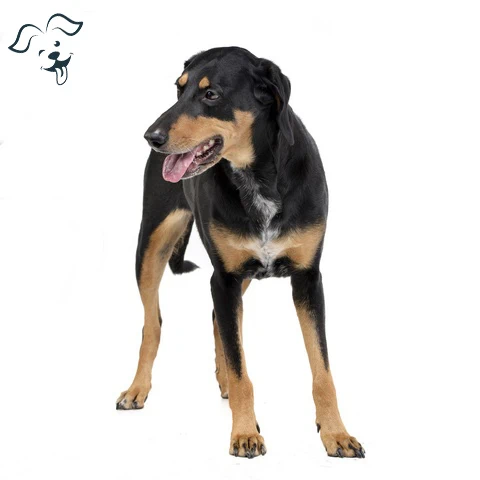
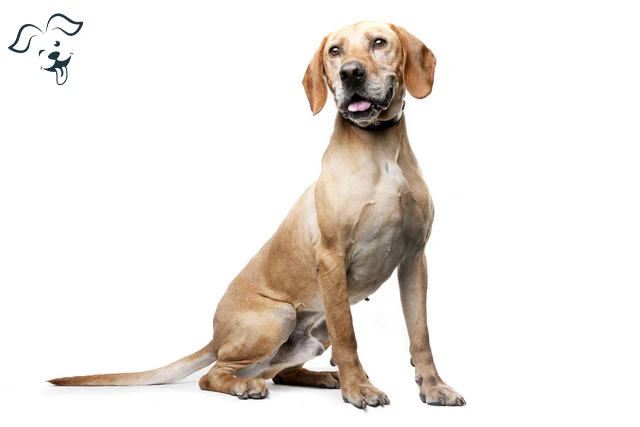
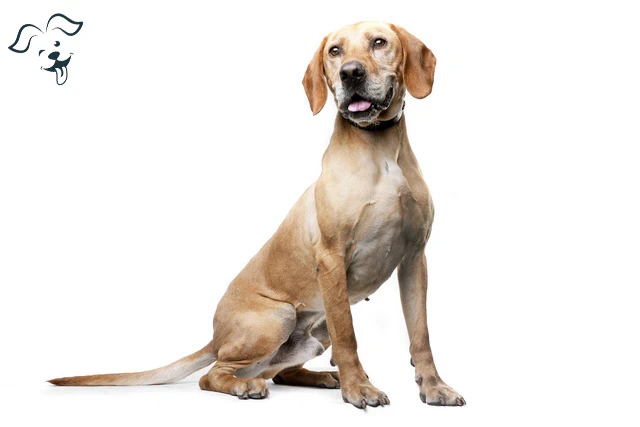







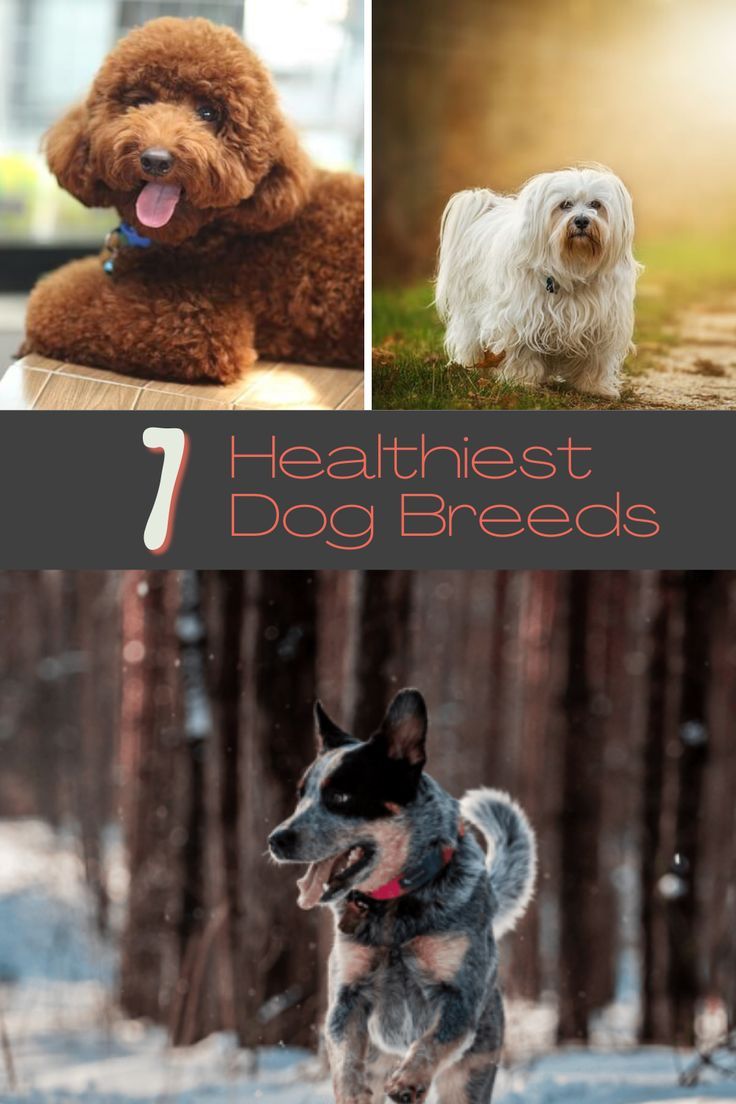

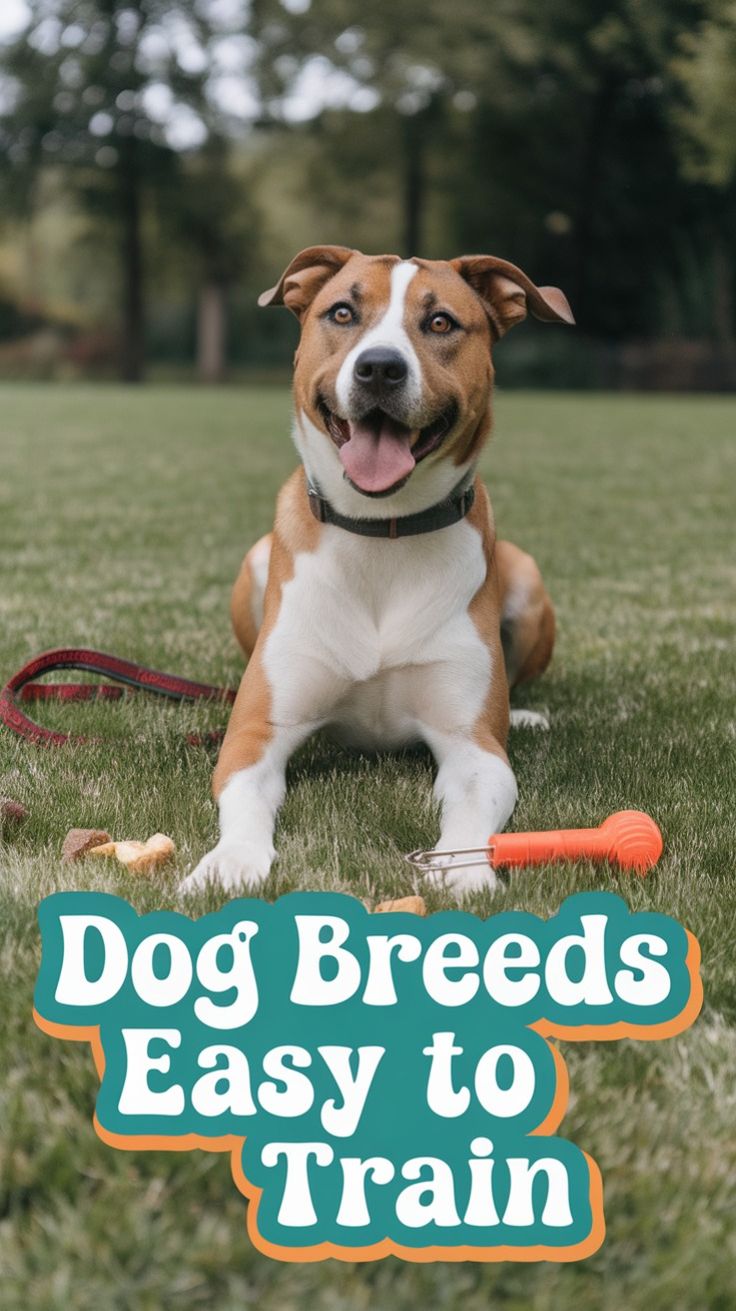
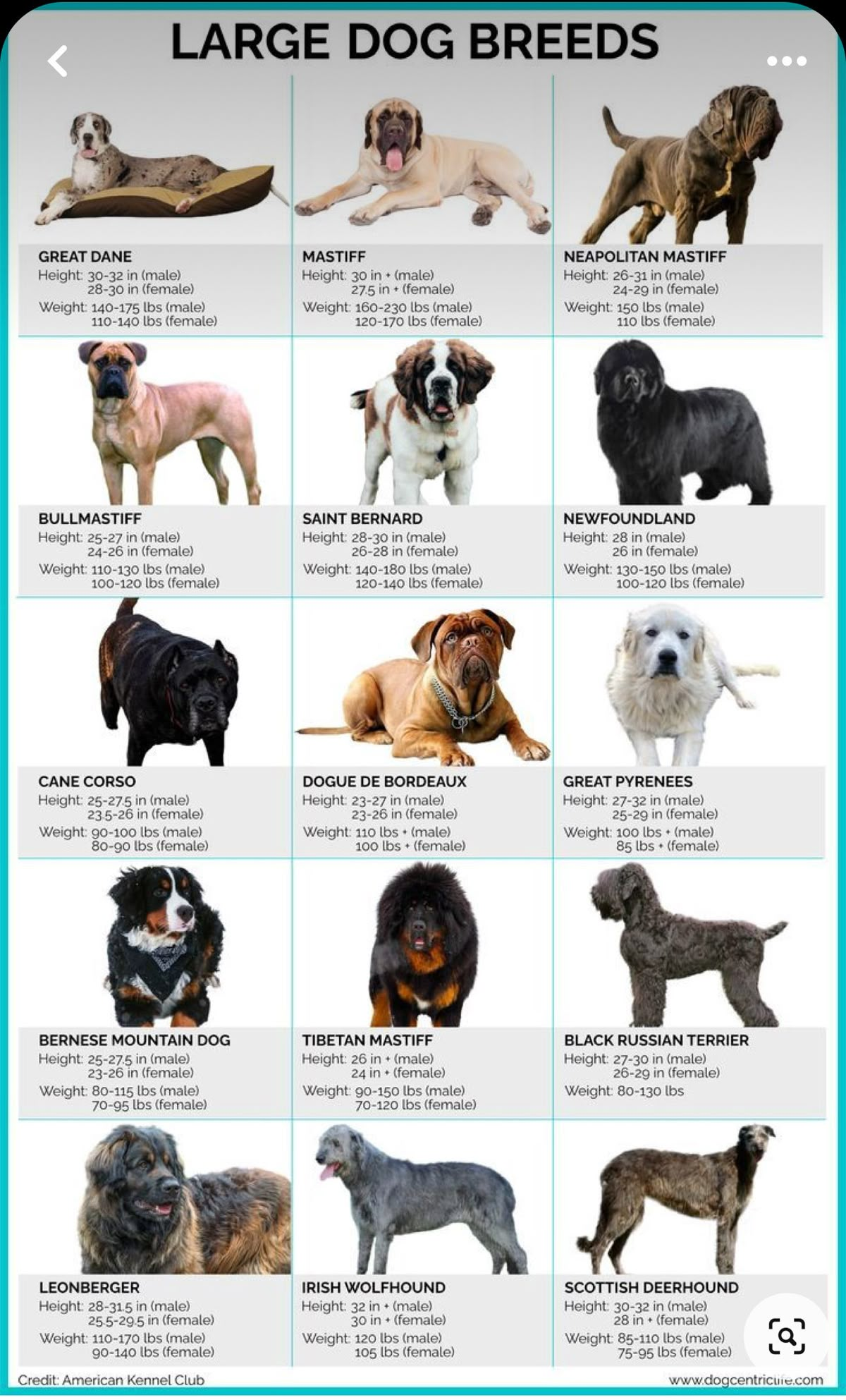

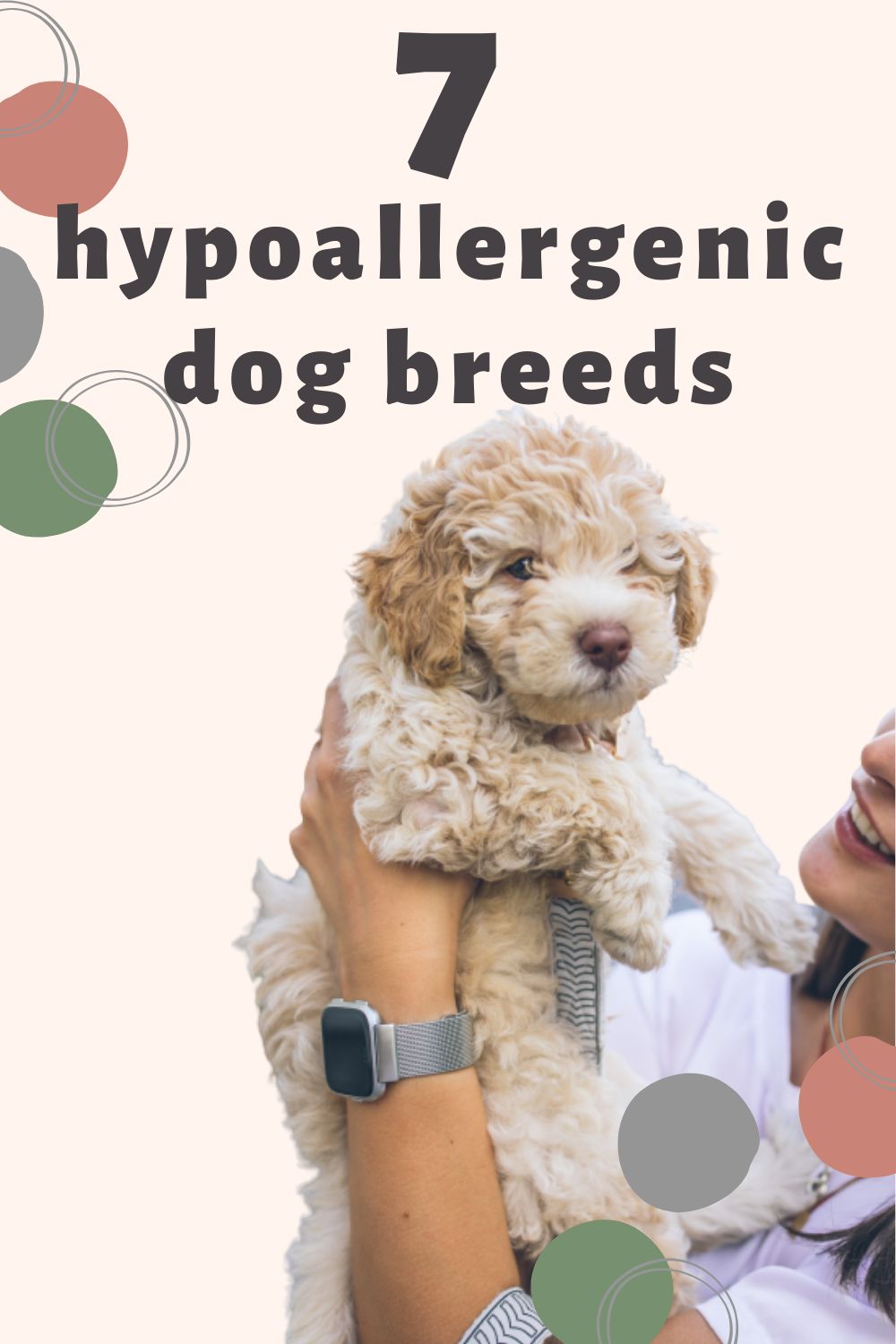
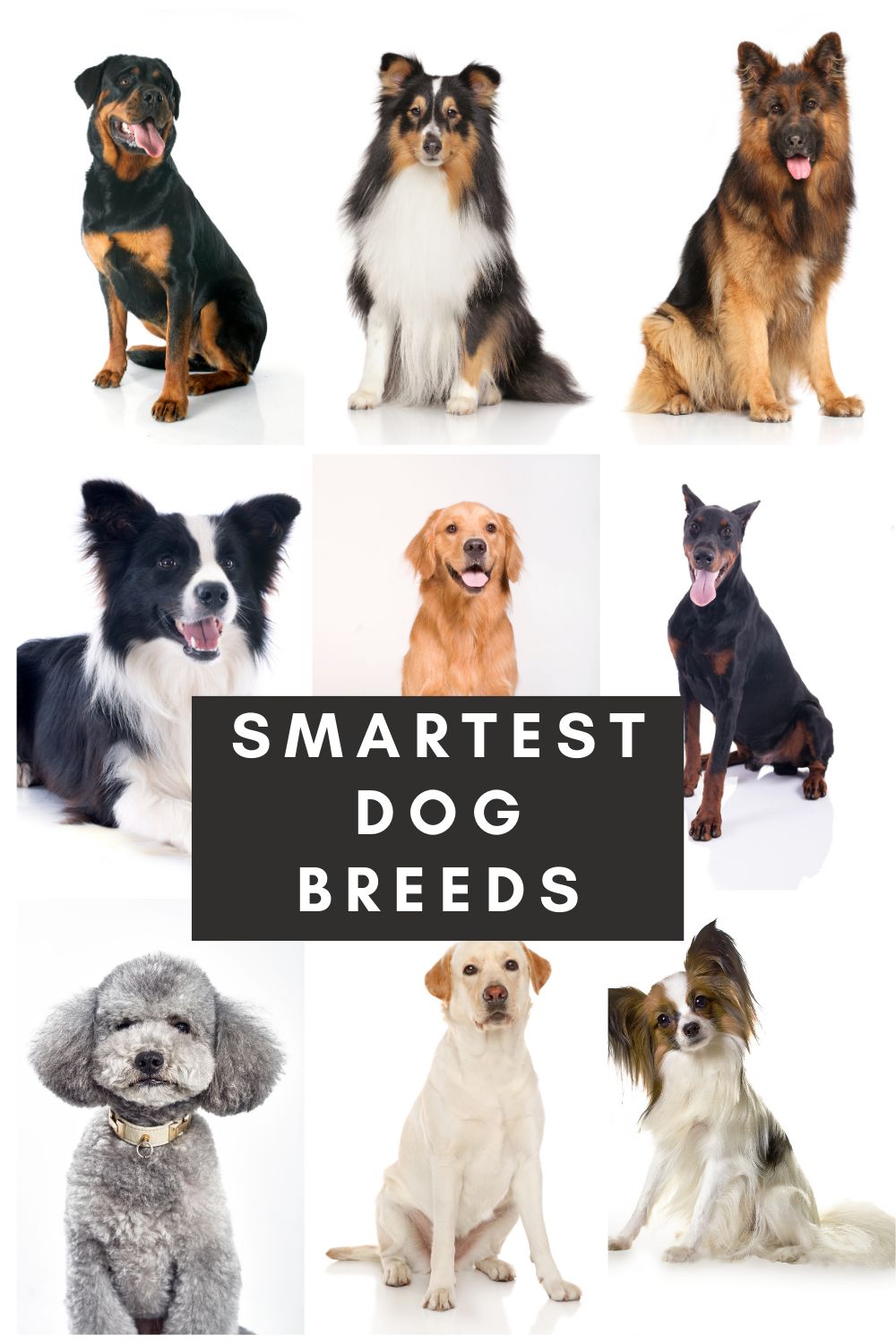
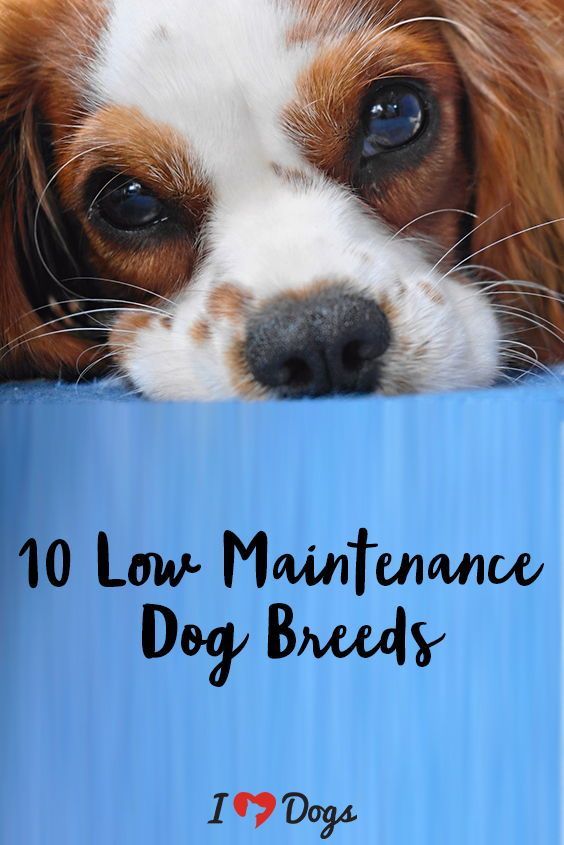
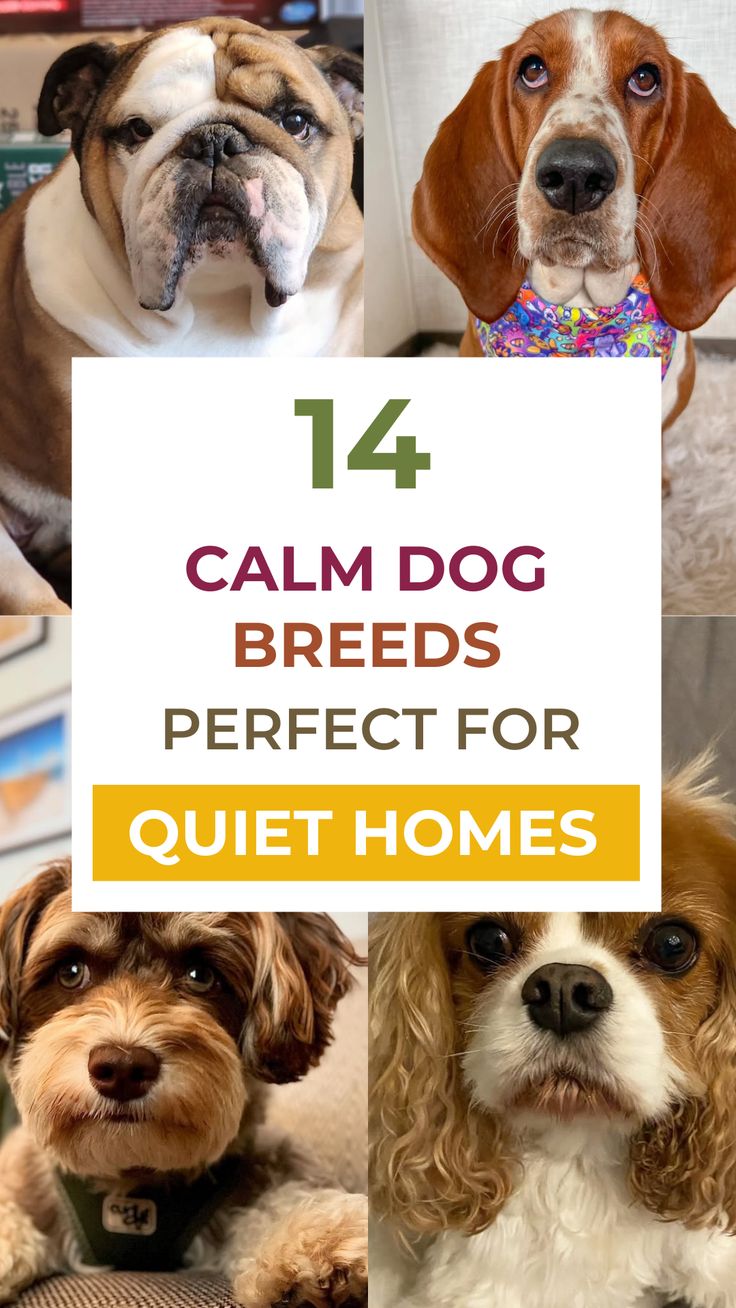

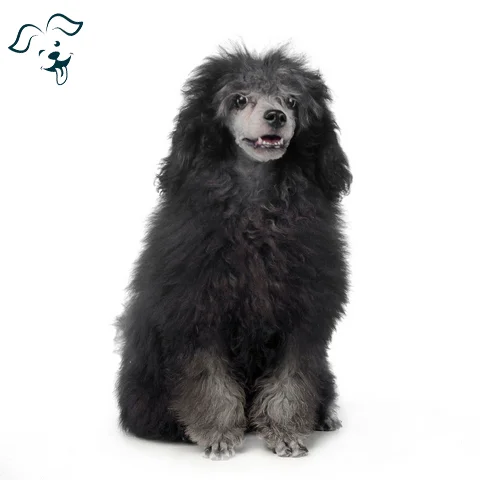
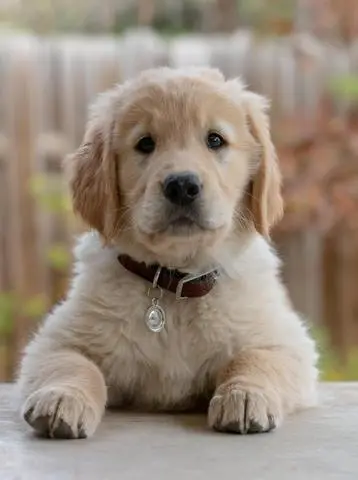
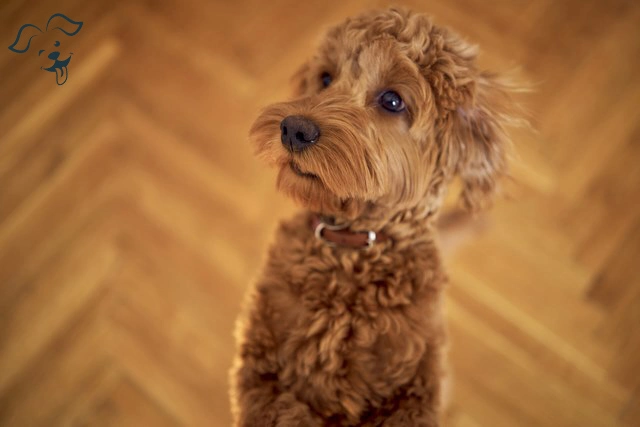
FRIENDLINESS
LIVELINESS
VIGILANCE INTENSITY
ADAPTATION CAPACITY